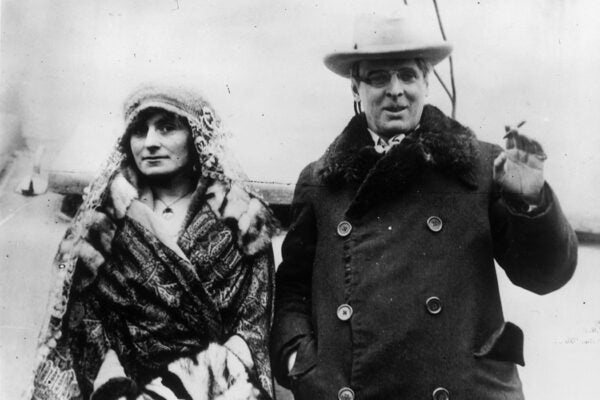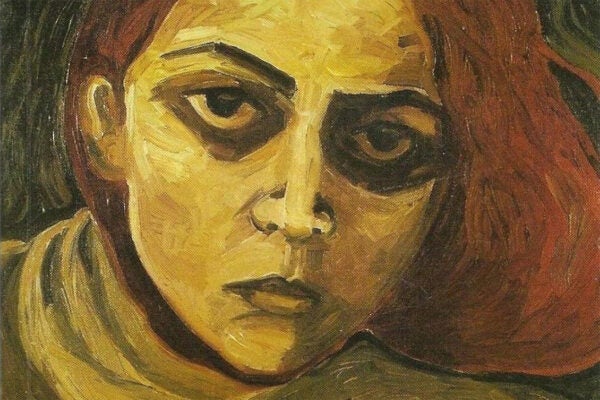In the Victorian age, artists could purchase a pigment called “mummy brown,” made from ground-up Egyptian mummies. Yes that’s right; the rich, tawny tones of some nineteenth-century paintings come from actual bodies.
Raymond White of the National Gallery Scientific Department notes in the National Gallery Technical Bulletin that this pigment “consists of the parts of an Egyptian mummy, typically ground up with a drying oil such as walnut. From entries in A Compendium of Colours, it would seem that the fleshiest parts of the mummy were most highly recommended for the preparation of best quality mummy pigment.”
The mummy trade in Europe was centuries old, with ancient embalmed bodies long employed as medicine. A fourteenth-century Italian manuscript recently on view in Medieval Monsters: Terrors, Aliens, Wonders at the Morgan Library & Museum in New York illustrated a mummy alongside a mandrake root as potential cures. Since many pigments developed from medicine, at some point someone reconsidered eating the mummy and using it to color their art instead.
Sellers of such materials made little secret of its human composition—that exoticism was part of its allure. But not all artists were comfortable with its origins. When Pre-Raphaelite painter Edward Burne-Jones realized the paint’s corporeal source, he decided to ritually inter his pigment. His nephew, the young Rudyard Kipling, recalled in his autobiography how his uncle “descended in broad daylight with a tube of ‘Mummy Brown’ in his hand, saying that he had discovered it was made of dead Pharaohs and we must bury it accordingly. So we all went out and helped—according to the rites of Mizraim and Memphis.”
Few fellow Victorians had such respect for the dead. In fact, one reason for mummy brown’s demise was simply a lack of mummies. G. Buchner lamented in 1898 in Scientific American that “mumia,” as a color and a medicine, “is becoming more and more scarce, so that it is difficult to supply the demand, for the excavations are now permitted only under official supervision; the good mummies found are preserved for museums.”
Get Our Newsletter
It wasn’t always ancient mummies, either. “British painters used human body parts to depict skin, as can be seen in the case of the pigment dubbed mummy brown, which supposedly came from pulverizing the bones of ancient Egyptians whose bodies were dug up illicitly, but more often than not derived from the bodies of London criminals obtained illegally by artists and their cohorts,” writes art historian Natasha Eaton in The Art Bulletin. “Deemed particularly well suited for painting faces, mummy brown possessed a sheen that lent a cannibalistic gloss to the portraits of society figures.”
The Many Modes of Mummification
Nevertheless, the practice endured into the twentieth century, with Geoffrey Roberson-Park of the London-based C. Roberson Color Makers telling Time magazine in 1964 that they “might have a few odd limbs lying around somewhere… but not enough to make any more paint.”
Mummy brown is no longer available at your local art supply store, although the name is still used to describe a rusty shade of umber. With the availability of synthetic pigments, and better regulations of trafficking human remains, the dead are finally allowed to rest far from the artist’s studio.








